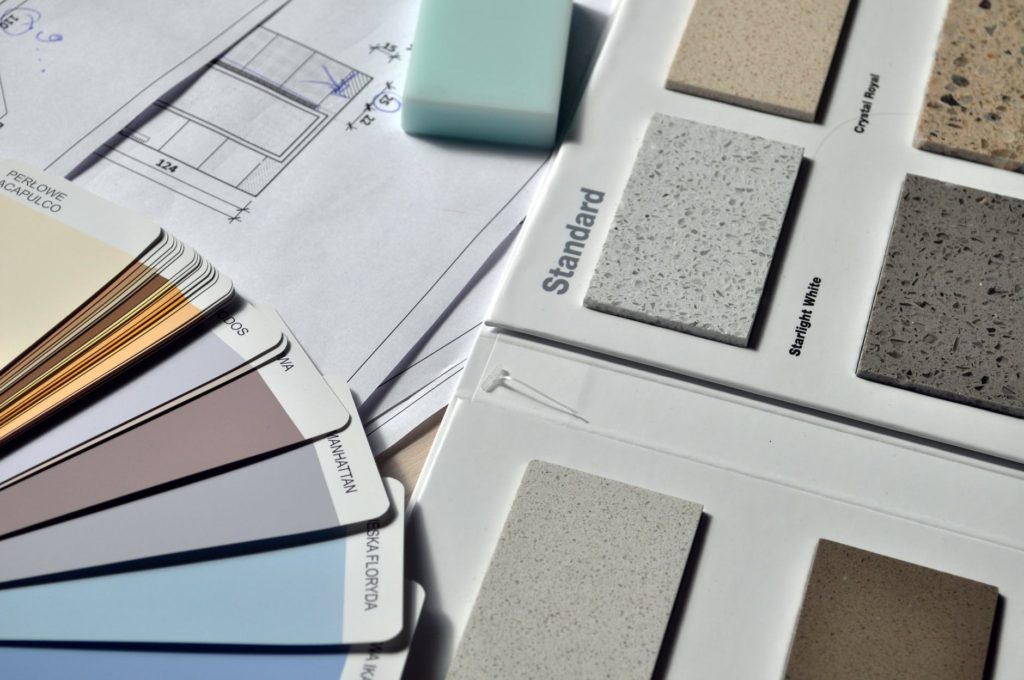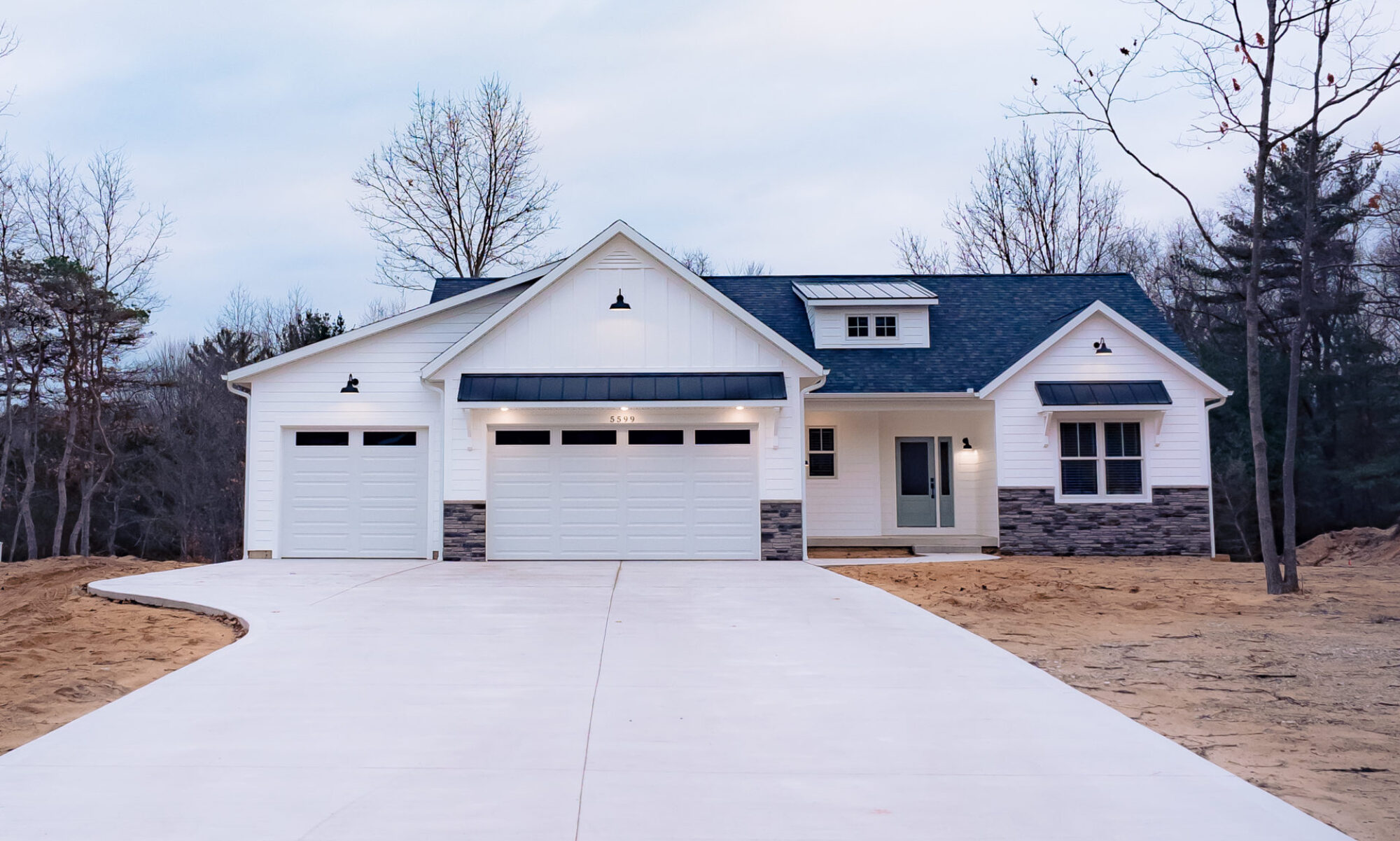Around half the cost of a remodel is in materials, so try to be mindful of potential downfalls.
If you’re a DIY’er, avoiding some minor and major mistakes can help you make the most out of your investment. I hope you already know it’s best to buy quality materials from trusted local vendors and to install classic, long-lasting materials that will be around for generations. Below are a few more tips on shopping and getting ready for your remodel…
1. Know the downfalls of buying off the shelf.
Check the box. Does it look like it has been opened or returned? Don’t buy it. Returned items may have damage and missing parts.
2. Get recommendations of showrooms and lumberyards.
A good builder should have established relationships with reps he or she trusts, so use the recommended suppliers if you can. If you’re a DIYer, try asking around for some good suggestions. When all else fails, add 30 percent to any delivery time frame you’re told and build a healthy contingency fund into your budget, just in case.

3. Just because it’s cheaper…
A lot of houses are still piped with copper, so repairs and remodeling will generally be done in copper as well. Half-inch copper pipe is 5/8 inch in diameter, but the thickness of the copper depends on the type. Many stores sell type M and L. Type M is cheaper because it’s thinner — but saving money in materials now could mean tearing open walls later to find a pinhole leak that has sprung.
4. Sometimes you don’t get what you thought you were paying for.
Some brands spend more on advertising than on making quality products. Do your research and make sure the product you’re buying is current. The situation is always changing, but make sure you know what you’re getting and who you’ll call if it turns out to be a dud.
5. Let someone else be the guinea pig.
I have tested materials and products on my own house over the years so I can vouch for them in my work. If you are not in the business, you should be buying products that have been well regarded for many years.
6. Buy local.
There are many reasons to buy local and support your region’s economy, but two big ones have to do with shipping. Make sure to factor in the cost of shipping when pricing out materials. A local vendor will usually not charge extra for shipping, and you can schedule the delivery. Shipments of online purchases can result in headaches if no one is around when a big, heavy delivery shows up.
7. Buy salvaged.
You can often get better-quality building materials with more character for less money by buying salvaged. You will pay more in labor, but once again, this is an opportunity to support your community.
8. Buy extra.
“Waste” is the term we use for extra materials ordered, because the cutoffs usually end up as just that (unless they’re recycled). The best way to figure out how much waste to order is by following a manufacturer’s or installer’s recommendations.
9. Have someone else check your work.
Before you approve a special order, especially for windows and doors, have someone else familiar with the job look over the order. You can’t send a custom door back because you didn’t notice they got the door swing wrong or because the window is designed for 2-by-4 walls, not 2-by-6.
10. Buy early.
Stopping work to wait for materials to arrive is costly. Double the lead time you were told and you’ll usually be safe. Delays happen all the time. If the materials are onsite, the contractor can check measurements and answer questions that the spec sheet doesn’t address.


If you’re thinking about building a new home give this a read: https://parkerscustombuilders.com/the-cost-to-build-a-new-home/

